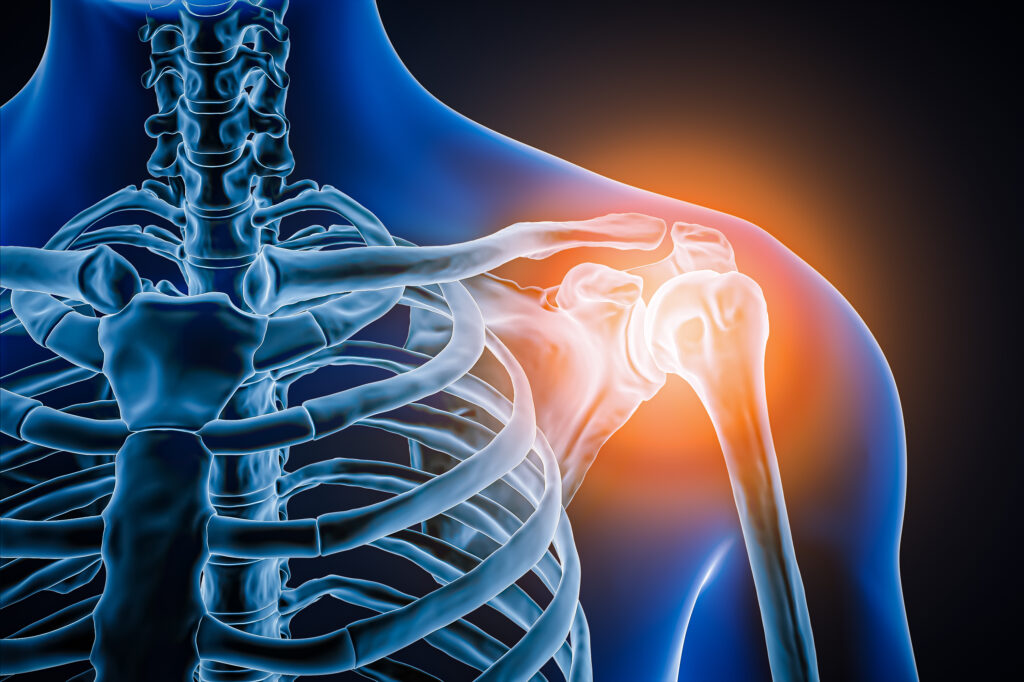In recent years, the field of orthobiologics has garnered significant attention for its potential to revolutionize the treatment of shoulder and elbow pathologies. As we strive for improved patient outcomes, the integration of advanced biological therapies is becoming increasingly relevant. This is particularly true for conditions such as rotator cuff injuries and lateral epicondylitis, where high-quality clinical trials have demonstrated the efficacy of treatments like platelet-rich plasma (PRP) in reducing pain, restoring functionality, and enhancing overall clinical outcomes.
The rise of orthobiologics, which includes both cellular-based therapies and growth factors, presents an exciting opportunity for clinicians and patients alike. However, the expanding landscape of conditions that can benefit from these treatments highlights a critical need for further high-quality investigations. Currently, while there is promising evidence supporting the use of PRP for specific conditions, a broader range of research is necessary to establish standard practices for the use of orthobiologics across various shoulder and elbow injuries.
The authors of a recent review, Eric D. Haunschild, Ron Gilat, Michael C. Fu, Nolan Condron, and Brian J. Cole, aim to summarize the current evidence surrounding orthobiologics in managing shoulder and elbow injuries. Their work not only focuses on nonoperative treatments but also explores the potential of biologics as augmentations to surgical interventions. This comprehensive review serves as a critical resource for orthopedic practitioners, providing insights into the existing research while also highlighting gaps that need to be addressed in future studies.
As the clinical interest in orthobiologics continues to grow, it is essential for healthcare professionals to stay informed about the latest developments. This includes understanding the nuances of how these treatments can improve patient outcomes and when they might be most beneficial. The authors’ synthesis of current evidence is a timely contribution to the ongoing dialogue about the role of biologics in orthopedic medicine.
In conclusion, while the promise of orthobiologics in treating shoulder and elbow pathologies is evident, the journey toward routine clinical application requires rigorous scientific inquiry. The work of Haunschild, Gilat, Fu, Condron, and Cole marks a significant step in this direction, underscoring the importance of evidence-based practice in advancing patient care. As we look toward the future, ongoing research will be crucial in refining these therapies and ensuring they meet the needs of patients suffering from musculoskeletal injuries.


